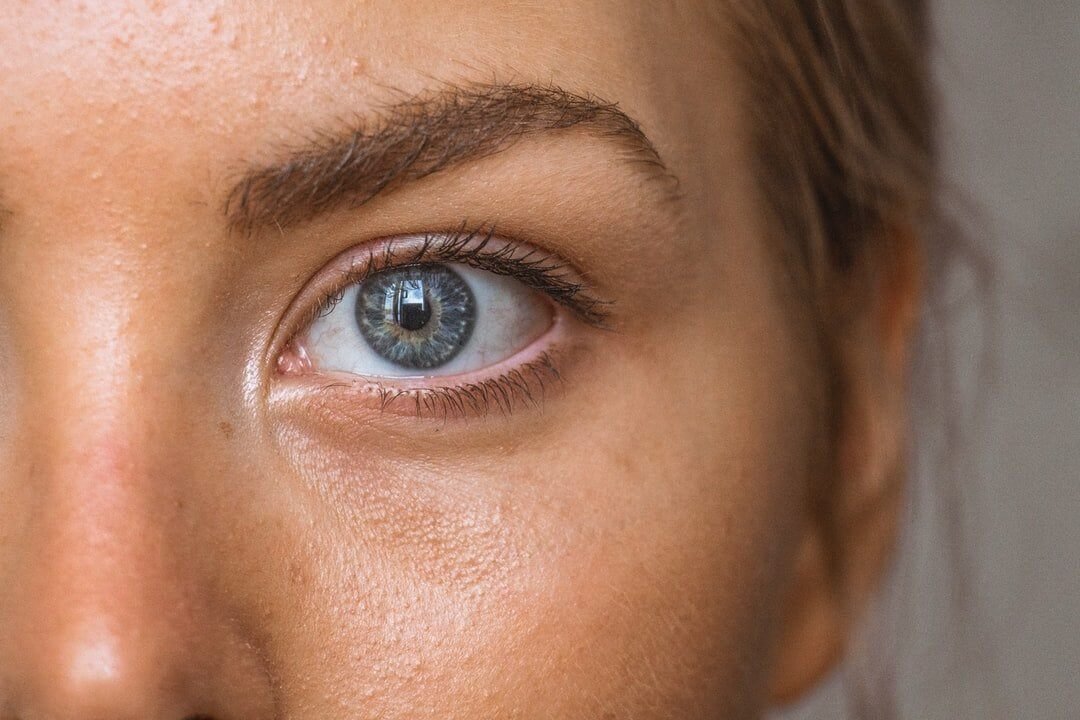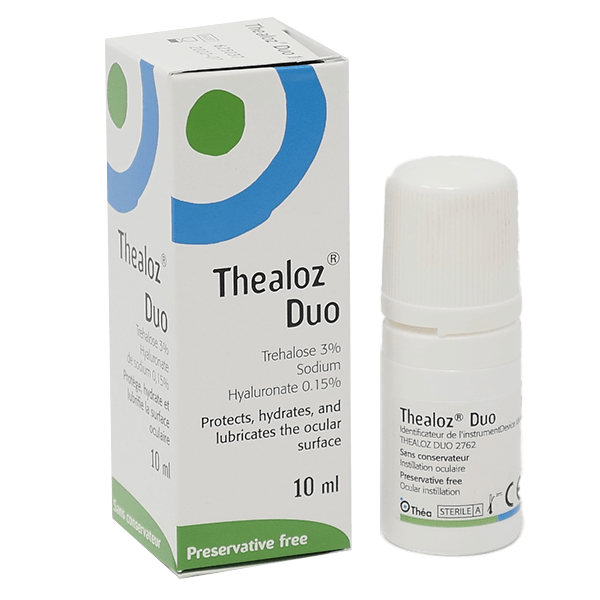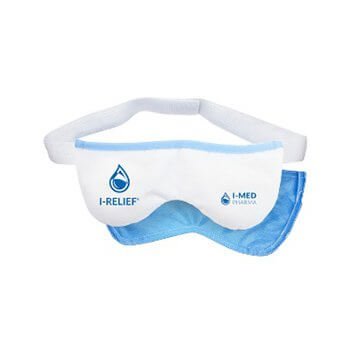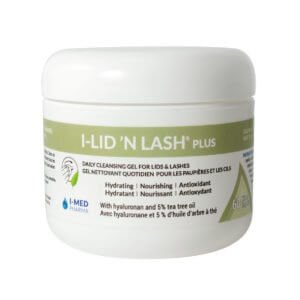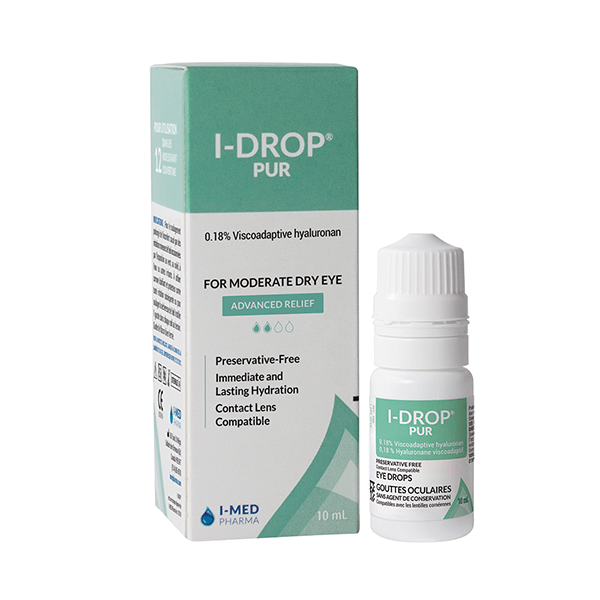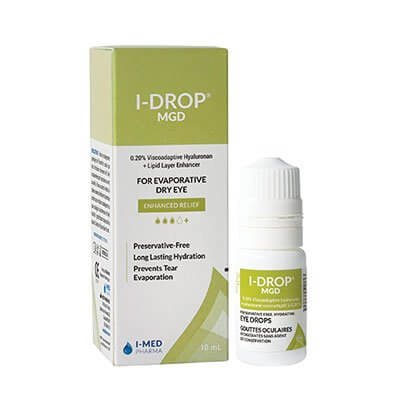Goodbye Dry Eye!
Have you ever wondered why your eyes are red, irritated, gritty, and excessively water? Have you noticed your vision can fluctuate by the hour? Unfortunately, the common culprit for these symptoms is usually dry eye.
There are two main types of dry eye, that are often found in combination:
Aqueous deficient dry eye - not enough water or aqueous is being produced by your tear glands (lacrimal glands). This type of dry eye is common in those with autoimmune disorders such as Sjogren’s syndrome.
Evaporative dry eye - not enough oil is being produced by the oil glands in your eyelids (meibomian glands). This is the most common type of dry eye, and even more common in those with blepharitis, and rosacea.
Fortunately, Optometrists are well versed in diagnosing both types of dry eye and we have many treatments to choose from to ensure you suffer no longer! Below are some of the products and treatments that we recommend to our patients. Your specific treatment plan will be tailored to your individual symptoms and exam results.
Artificial tears - Preservative-free artificial tears are a great way to supplement the ocular surface with the moisture it needs. There are many formulations on the market. Some contain preservatives, which if used too frequently can actually increase irritation. For this reason, we often recommended that dry eye patients use artificial tears that are preservative-free. Certain formulations of drops aim to restore the oil component of the tear film, while others aim to hydrate and reduce ocular surface inflammation.
Heat therapy - One of the best ways to improve the function of the oil glands in the eyelids, or meibomian glands, is heat therapy. Oils secreted by these glands are an essential component of your tear film. This oil forms the outer layer which prevents evaporation of the tears and therefore keeps your eyes moisturized. Heating up these glands can help improve flow and resolve clogs. A good quality heat mask is designed to provide 15 minutes of consistent heat on the eyes.
Omega-3 supplementation - Some studies show that omega-3 supplementation can also improve the function of the meibomian glands. Beware, all supplements are not made equally. Your Optometrist will help guide you to find a good quality supplement that contains the proper ingredients to improve your condition.
Environment - Humidity in your home or at your workstation can have a significant impact on how your eyes feel. If your environment is dry, your eyes will be more dry. On some occasions, we even recommend a desk-sized humidifier. Fans are also a big no-no for those with dry eye, as even a light breeze can make a sensitive ocular surface even more symptomatic.
Prescription eye drops - In some severe cases, prescription eye drops may be required to reduce inflammation and kick-start dry eye treatment. There are also some anti-inflammatory medications that can be used long-term to help treat dry eye.
If you think you are suffering from dry eye, the Optometrists at Bracebridge Family Eyecare can help. Contact us today to book your eye exam.
Some of the dry eye products we carry at our clinic.

